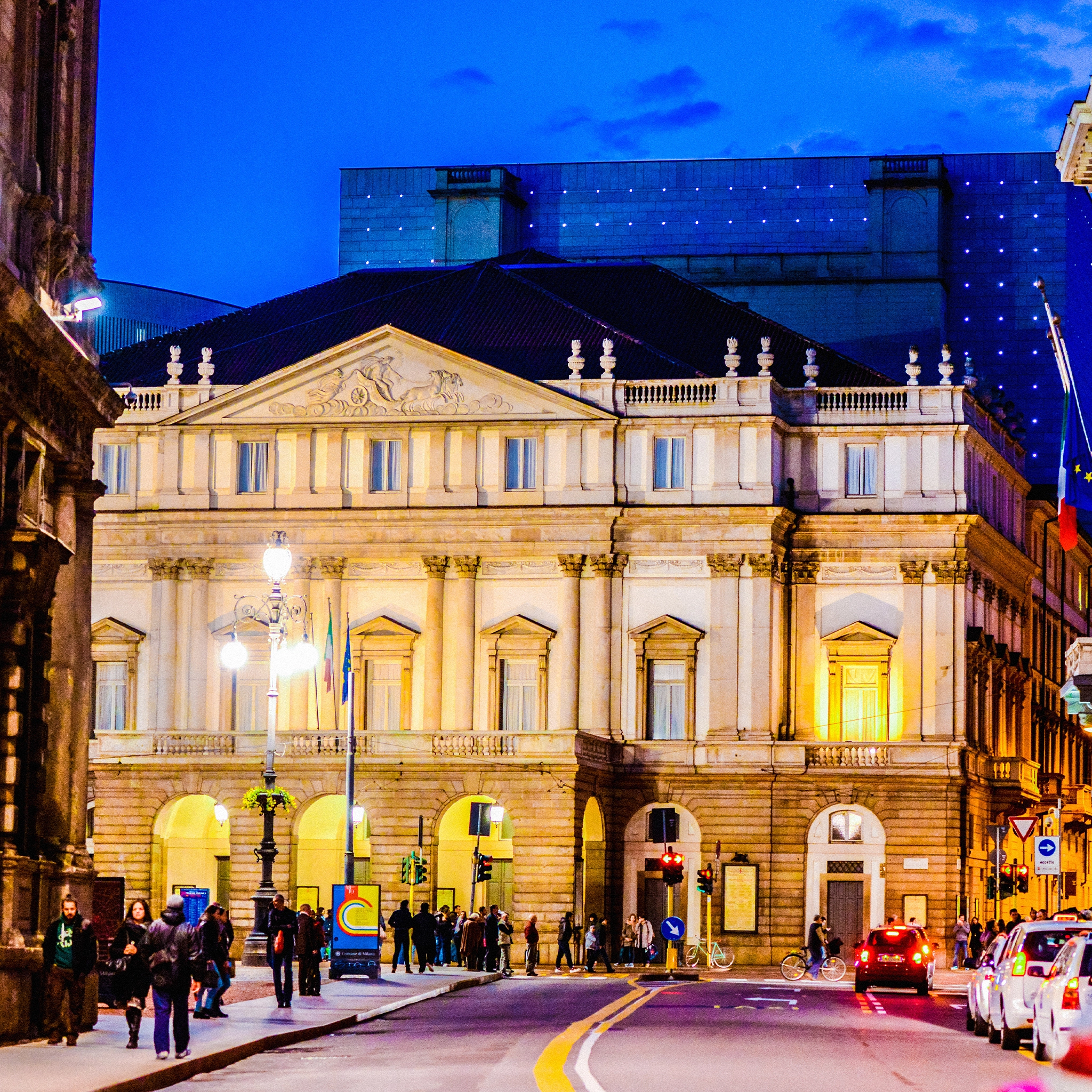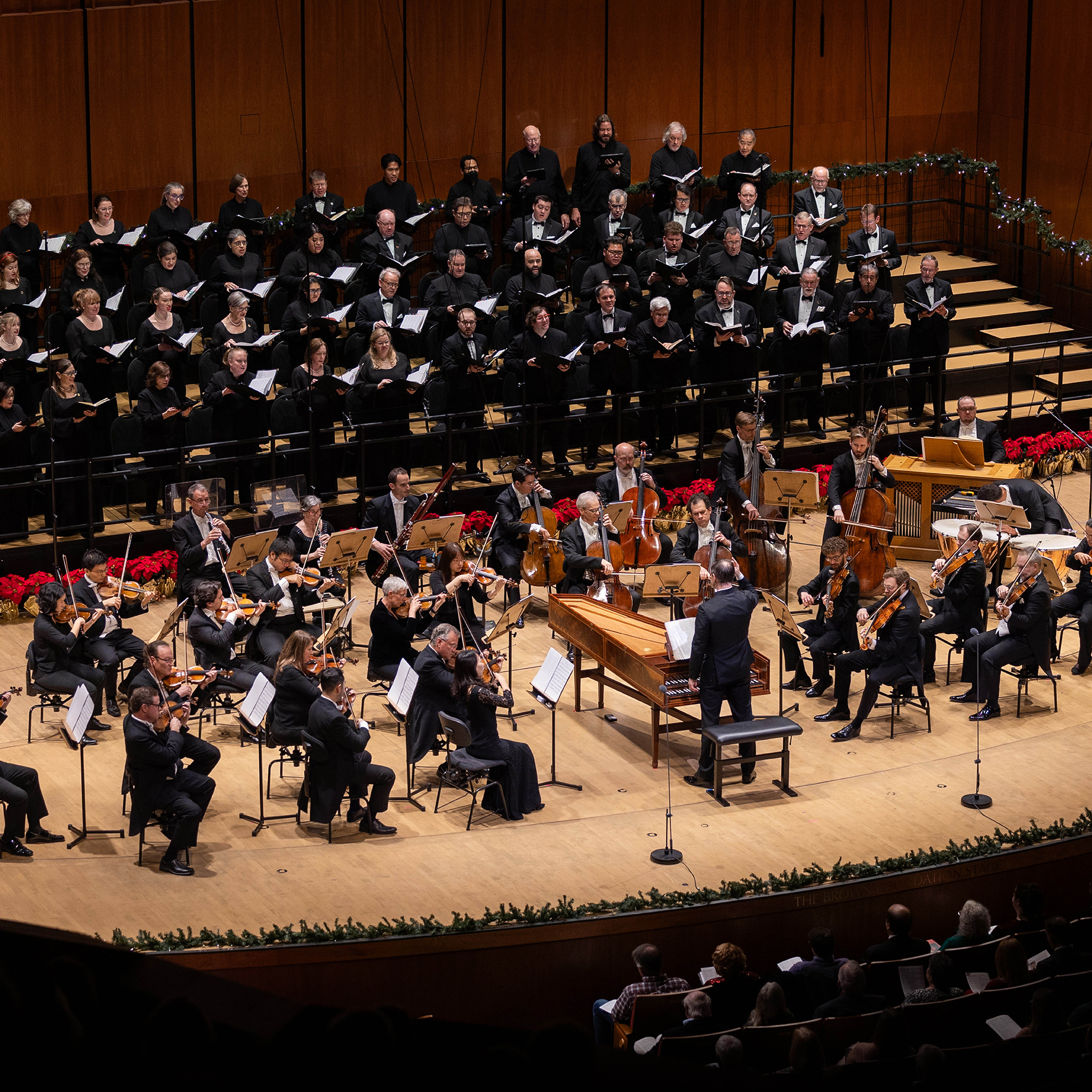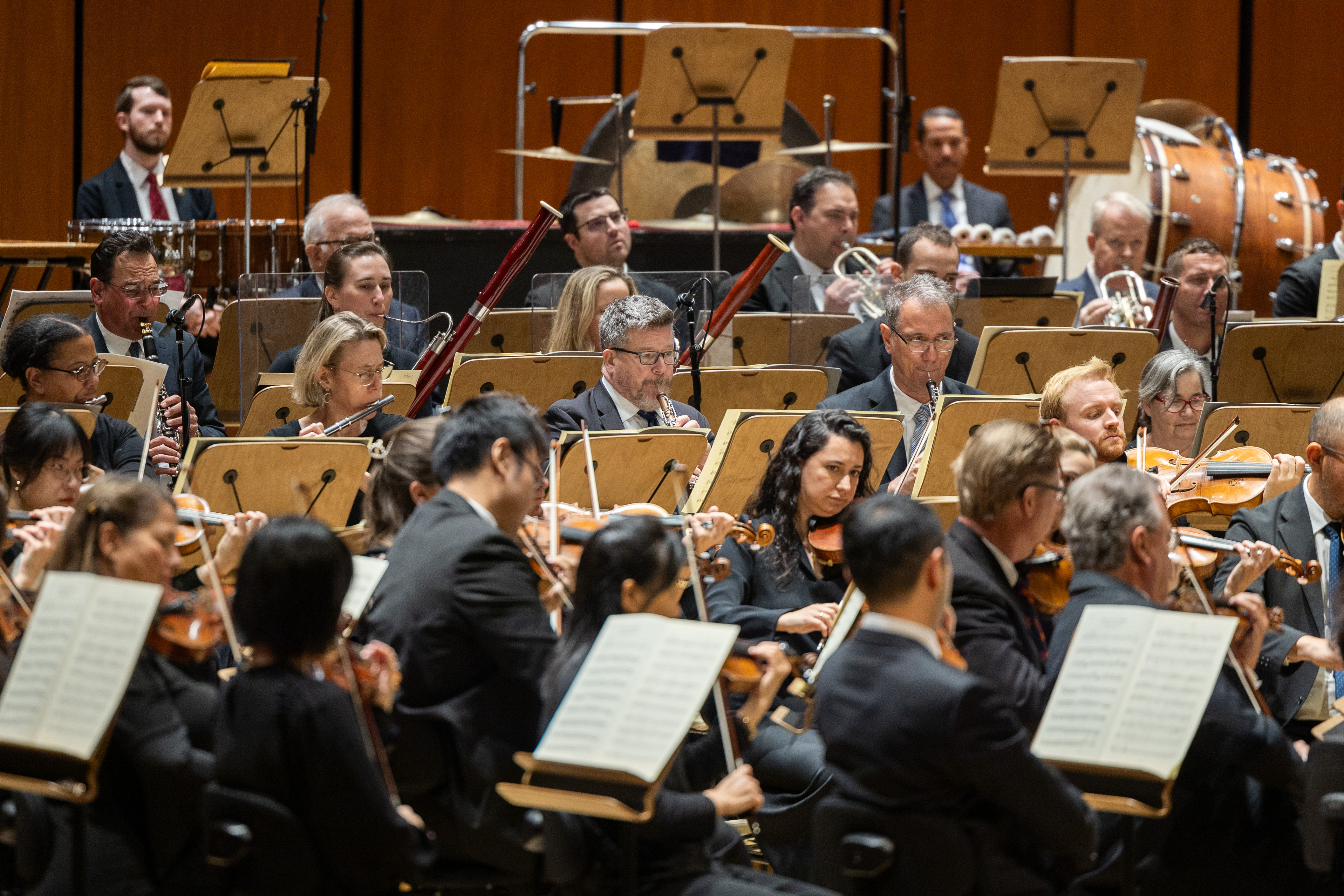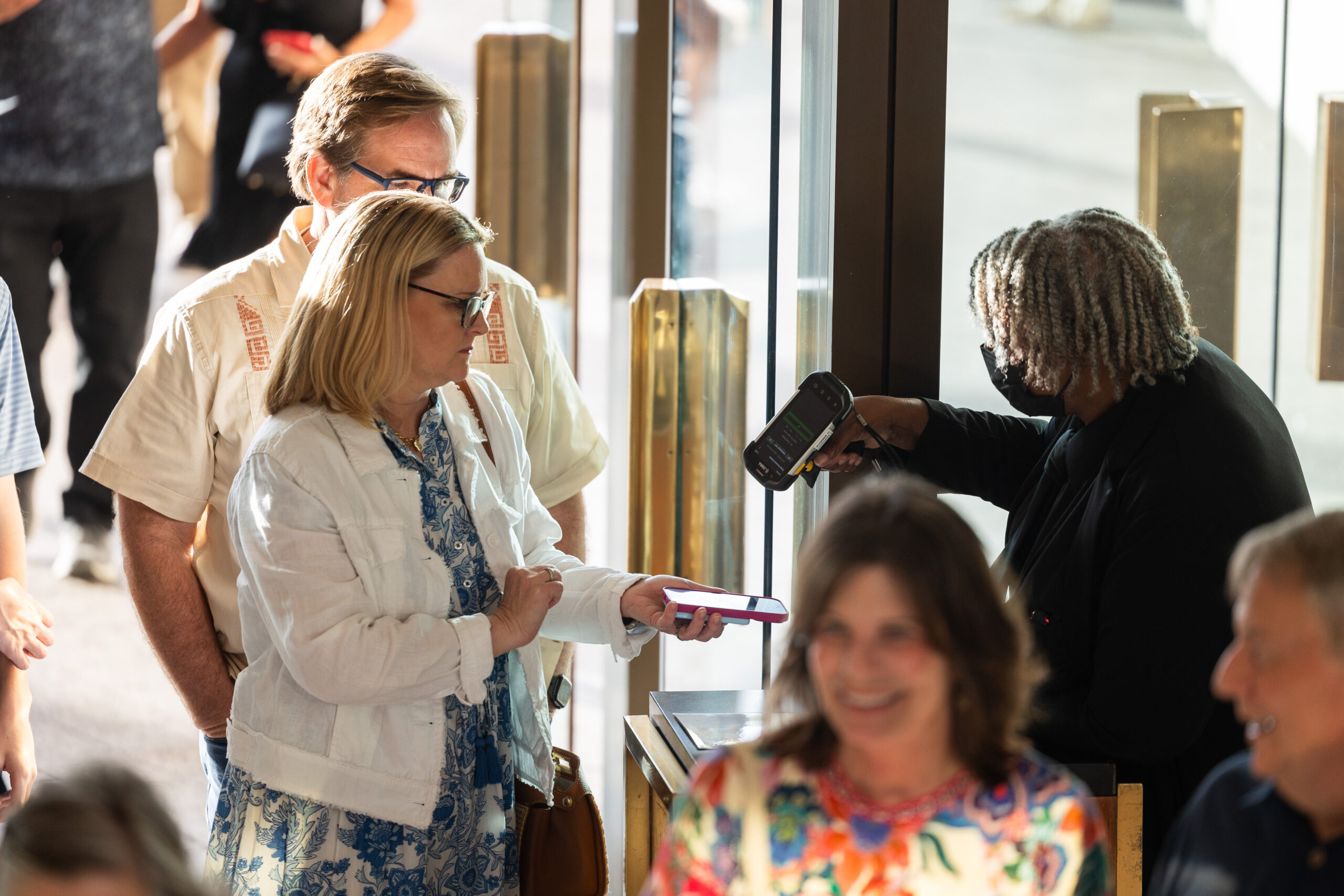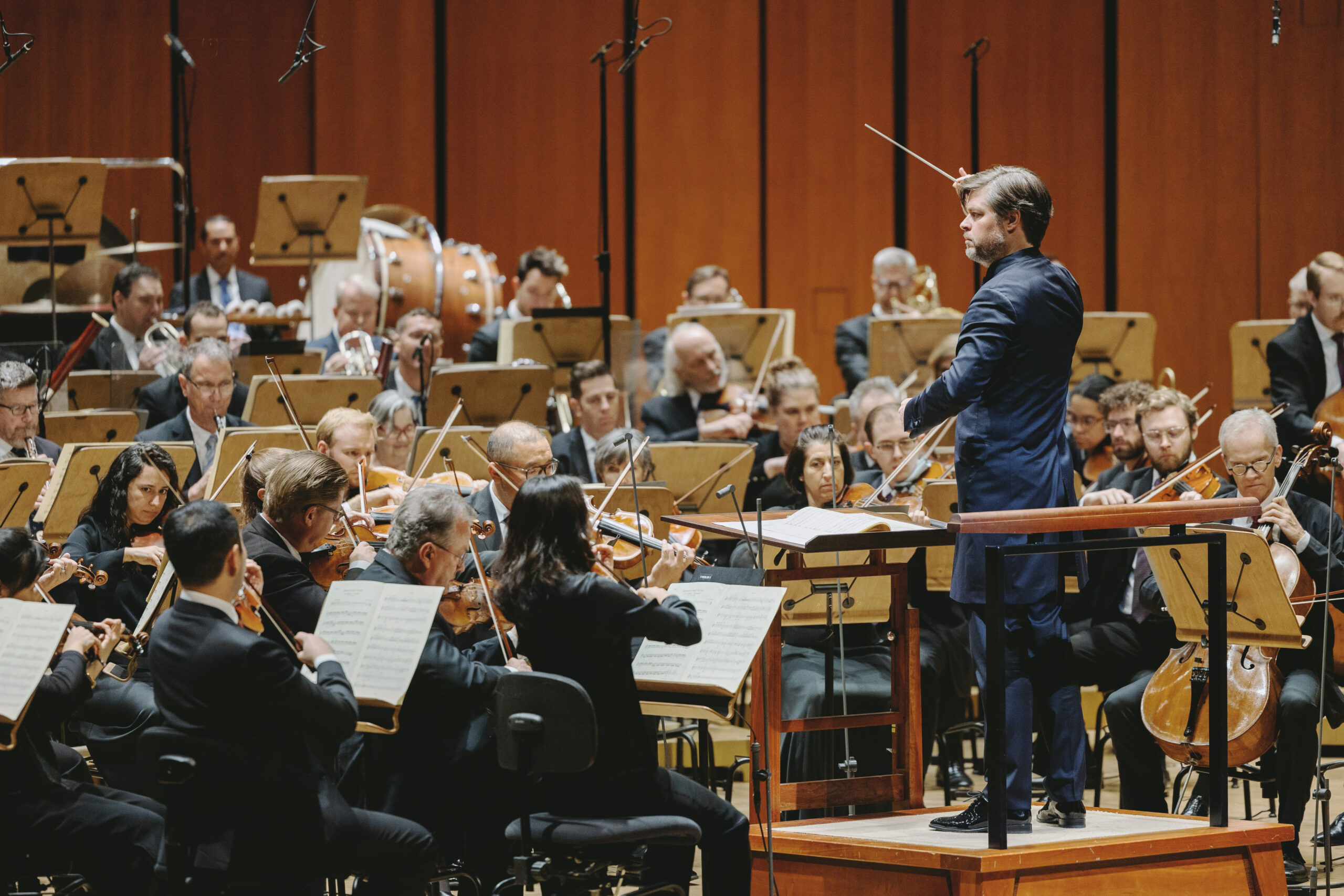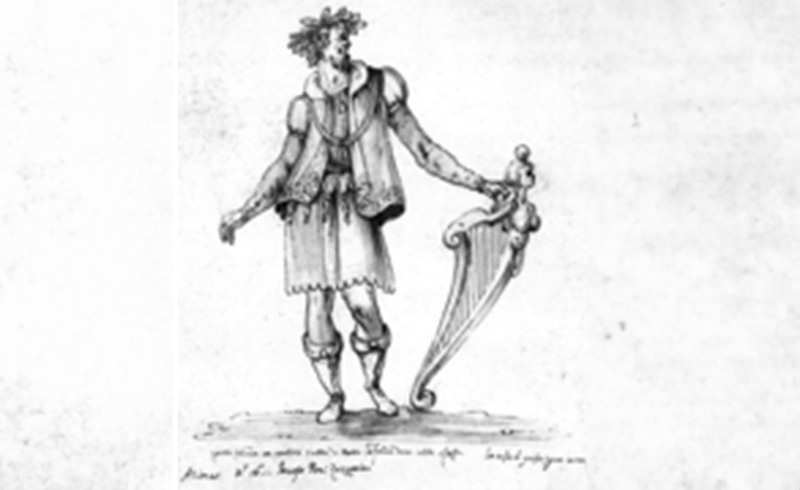
January 13, 2025
How Italy Blossomed an Art: A Journey Through Opera
Opera is one of the most profound and thriving art forms in classical music. The collaborative blend of voice and instrument create works of art that has allowed the practice to thrive throughout the centuries. As we gear up for Viva Italia! Opera Beyond Words on February 7 & 9, let’s take a glimpse beyond the composition and explore the fascinating birth of opera and its Italian roots.
The Birth of a Genre

Between 1400 and 1600, the Italian Renaissance begins a “rebirth” that allows multiple forms of art to expand throughout the European continent. While mediums of all sorts were being created by Michaelangelo and Da Vinci, Jacopo Peri decided to innovate a new form of storytelling through voice.
The Camerata de’ Bardi, a group of peers and intellectuals under aid of the Count Giovanni de’ Bardi, decide to bring Ancient Greek stories to life to help bridge the gap between drama and music. In return, Jacopo Peri composes the first opera Dafne (1598) in Mantua, Italy. This composition begins the seed of what would blossom into a genre that thrives for centuries.
The Golden Age of Opera
Fast forward to the 19th century, we get the “Golden Age” of Opera. Italian composers like Rossini, Bellini, Donizetti begin to create fascinating compositions that become prominent repertoire in the opera canon. With the use of a newly-created “Bel Canto” style of singing, Italian for “beautiful singing”, singers begin to display their vocal athleticism in their characters and composers begin to write for this athleticism. The composition of timeless opera works like The Barber of Seville and Norma leaving audiences dazzled and composers inspired.
Then along comes Giuseppe Verdi who turns up the volume, literally, by increasing the music sound with fortissimos to the max! Verdi creates the classic La Traviata and Rigoletto that tug on heartstrings and emotions with its flair for the dramatic. His use of passion and pain allow the expansion of opera to evolve into a new dimension for opera serias.
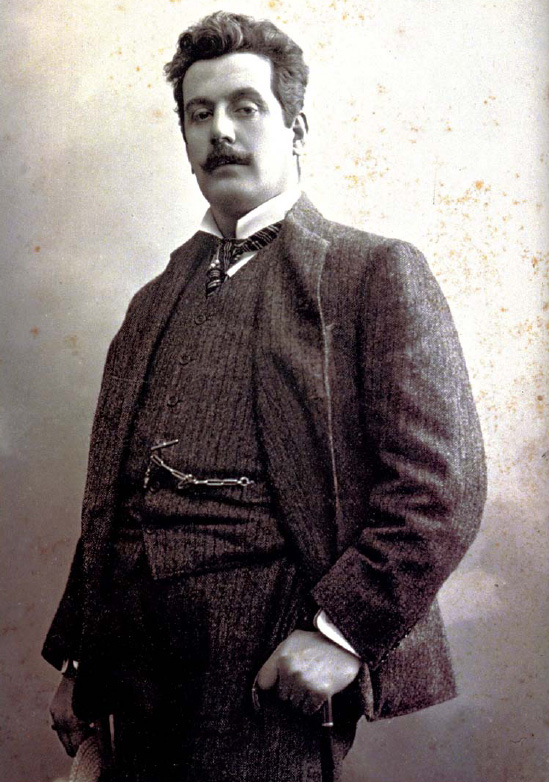
Lastly, Giacomo Puccini takes the baton and swells with soaring scores including Madama Butterfly, Tosca, and La boheme to create some of the most powerful arias and recitatives. He allowed opera to reach new audiences that gave a new perspective on humanism in a century that was rapidly evolving and growing with technology and discovery.

Taking Center Stage Across the Globe
With the growing popularity of opera in Italy, composers around the globe gain inspiration and create their own twist to arias, stories, staging, and more.
Germany, for example, begins to create incredibly jarring and heavy operas with help from the pen of legendary composers, Carl Maria von Weber and Richard Wagner. Weber’s Der Freischütz premiers in Berlin in 1821 whereas young Richard Wagner is inspired. Years pass and Wagner’s The Ring Cycle debuts and creates a tense, adventurous composition that requires highly skilled vocals to accompany rich instrumentation.
Additionally, French composers were gaining momentum in Italian and French theatres. Jules Massenet, Charles Gounod and, most notably, Georges Bizet’s Carmen encapsulates realism into the art of opera. During a time of intense political conflict surrounding Italy, these compositions along with their Italian counterparts, used relatable events and situations to find common ground between the listener and the music.
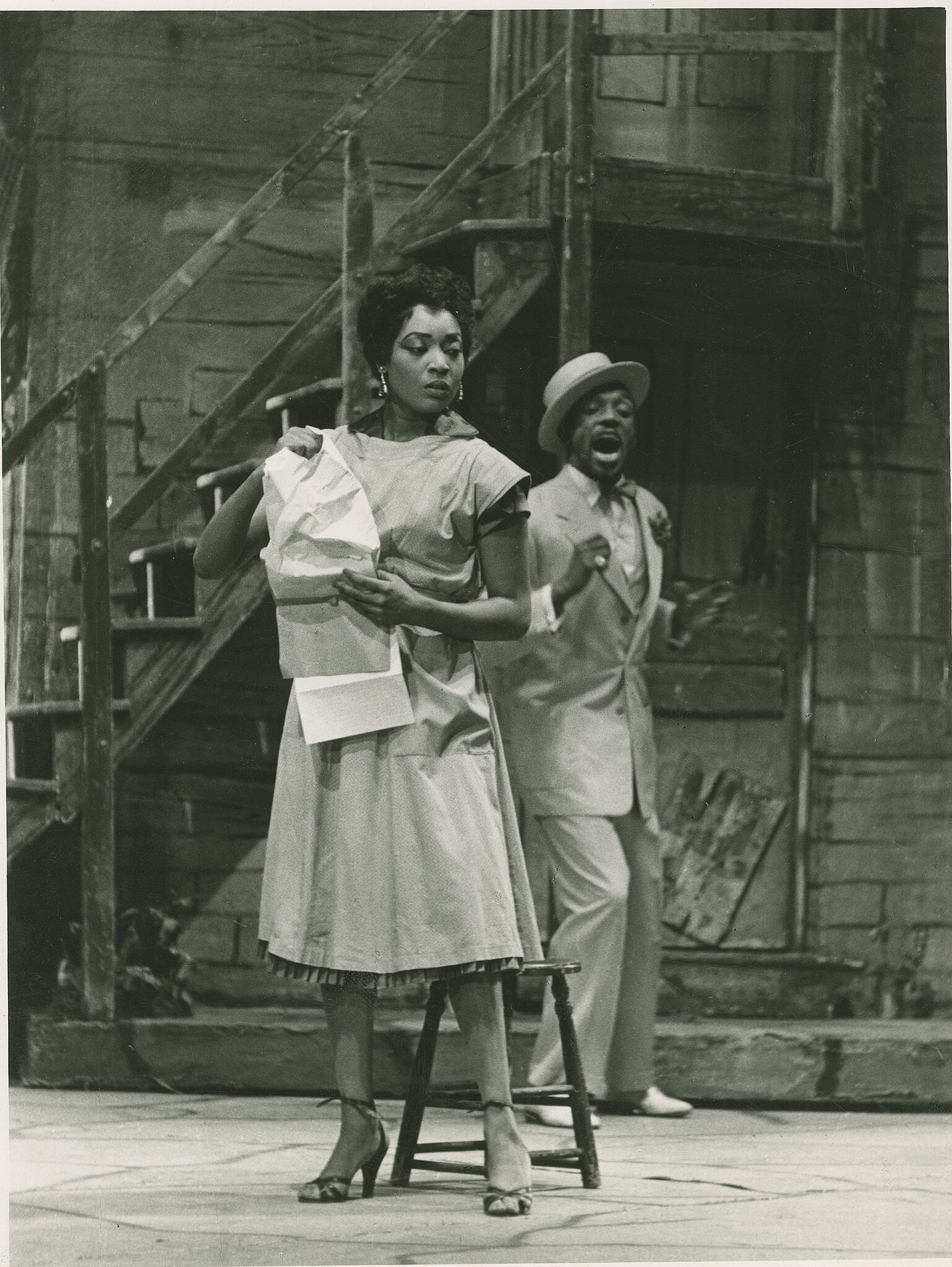
Across the pond in the United States, George Gershwin returns form his studies in Paris to create the first “folk-opera” Porgy and Bess. What made this composition unique from previous operas is that it focused on the New York jazz scene and gave prominence to African-American folk tunes and spirituals.
Opera Beyond Words
Viva Italia! Opera Beyond Words celebrates the extraordinary legacy of opera by focusing on the orchestral composition that help tell their stories. Surrounding the audience without words allows the Symphony to bring these inspiring operatic moments into a new light and perspective. From the sweeping overtures and soul-stirring intermezzi, audiences will have a chance to hear their favorite operatic works through the powerful sound of the Symphony this February 7 & 9, 2025.



